Differentiating theft events from regular leaks
It is easy to assume that a leak detection engineer could identify a theft event as quickly as they identify leaks, but when it comes to pipeline theft, it’s the details that count.
Correctly differentiating a theft event from a regular leak, or a pipeline transient, is critical for a successful theft detection service, which can be supported by Atmos Theft Net.
Atmos Theft Net
Pipeline theft is a multidimensional issue and as thieves become more experienced, the equipment they use are becoming more sophisticated and their techniques more complex. Even in challenging pipelines with complex behavior Atmos Theft Net engineers continue to identify pipeline theft events globally.
Atmos Theft Net combines fixed and portable hardware solutions with expert offline analysis by experienced engineers to analyze the data in greater detail to locate pipeline theft sites to within meters.
The human element adds superior accuracy without the distraction of false alarms, engineers are able to identify when pipeline companies have transient or double transient activities so it can be ignored because it’s known to be part of a pipeline operation while actual losses of product from a leak or a theft can be recognized.
What is a transient?
An operational transient (also known as a transient) is a change in the flow and pressure of a pipeline. It’s caused by events like the starting of a pump or the closing of a valve. Flow and pressure typically see a rapid change at the beginning of the transient and continue to change subtly until they finally settle at new values, ending the transient and reaching steady state.
What is a double transient?
Sometimes a transient could be identified as a leak or theft, particularly if two separate changes occur simultaneously as a double transient.
In most operational changes, one piece of equipment, such as a pump or valve undergoes a change in its status and this change is reflected first on the pressure of the station where the equipment is and then on the pressure at the other side of the pipeline. The time between these two pressure changes is always the same for any transient because it depends on the length of the pipeline and the speed of sound for the product transported. This concept is called time of flight.
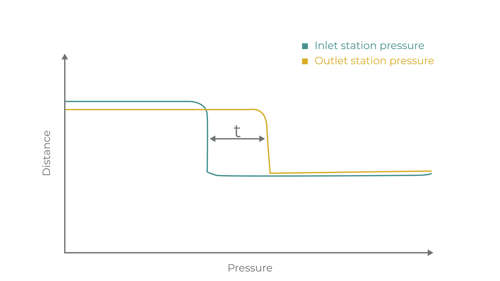
Figure 1: Pressure change during a transient and time of flight concept
Consequently, when an engineer only trained in leak detection looks for a leak on a trend, they typically look for a pair of pressure drops from the inlet and outlet of the pipeline that are closer to each other than usual, because this signals that the event comes from within the pipeline.
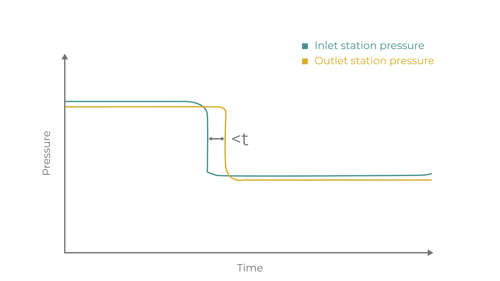
Figure 2: Pressure change during a leak and time of flight is shorter than during a transient
However, in some pipelines, the operating protocol for achieving a certain new operational state is more complex than simply changing the status of one element at a time.
For example, in the case of a pipeline sending product at a flow rate of 100m3/h and an initial pressure of 100 barg, the customer could request more product. In this scenario, the valves would be moved around and pump speed increased to reach a new state, for example where the flow is at 120m3/h and the pressure is at 120 barg.
Starting up the pipeline and reaching steady state flow, for instance can be the result of a series of steps, including:
- The pumps are first started at minimum speed
- The back pressure is adjusted through the control valve
- The pump speed is slightly increased
- The back pressure is adjusted again
- Pump speed and back pressure continue to be adjusted by small amounts until the desired operating flow is reached.
All these adjustments cause several changes in the pipeline pressure that happen in a short amount of time and can result in an engineer mistaking a double transient for a leak.
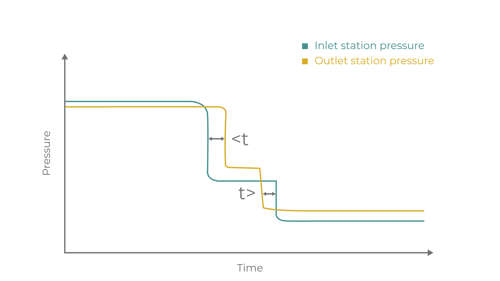
Figure 3: Transient pressure drops that look like leaks
How Atmos Theft Net can help
Atmos Theft Net combines fixed and portable hardware solutions to collect and analyze pipeline data. Experienced engineers trained in the latest theft detection techniques analyze the data in greater detail to locate the theft site to within meters. The human element adds superior accuracy while maintaining highly sensitive theft detection without the distraction of false alarms.
Atmos Theft Net engineers undergo training where they are exposed to lots of data from different types of pipelines, from oil to water.
Within the data in Figure 4, there are several cases of double transients. Atmos Theft Net engineers are able to identify that these pressure changes may look like a theft, but are actually the result of two transients starting almost at the same time on each side of the pipeline.
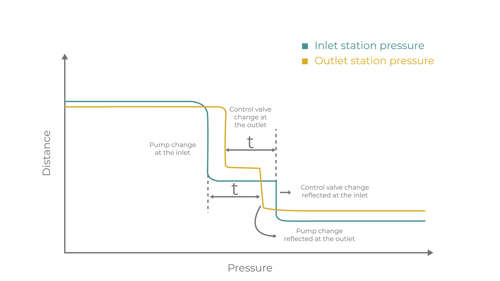
Figure 4: Actual correlation of events from Figure 3
Case study: Atmos Theft Net engineers identify double transient followed by pipeline theft on Latin American pipeline
While it could be easy to mistakenly correlate the pressure drops in Figure 5 and identify a leak, Atmos Theft Net engineers were able to identify the fluctuations on a customer’s pipeline in Latin America as a double transient, which was caused by the control valve located at the delivery station.
The control system was responding to a previous transient (the start up of the pipeline) which caused the valve to open in small increments, until the process values reached the setpoint.
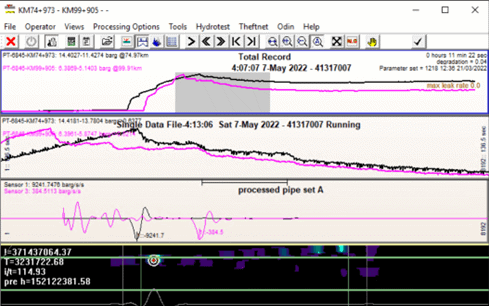
Figure 5: A double transient on a customer’s pipeline in Latin America
At best, standard sensors on most pipelines can detect leaks at a minimum of 0.5% of the nominal flow rate, so SCADA systems can miss most of the detail that leads to theft detection because pipeline theft typically occurs at less than 0.3% of the nominal flow rate.1 This means that a double transient is less likely to be identified using SCADA data alone.
By comparison, Atmos Theft Net engineers can detect details such as product loss and double transients as small as 0.1% of the nominal flow rate on pipelines in either static or running conditions, which is what led to the identification of a double transient in Figure 5 and the correct identification of a pipeline theft in Figure 6.
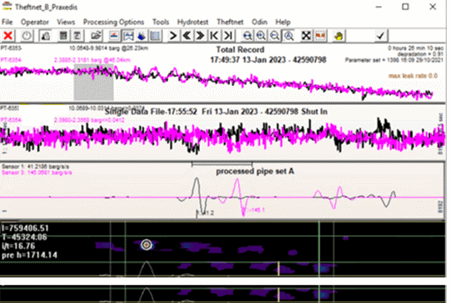
Figure 6: Data from Atmos Wave showing a pressure drop identified as a theft
Figure 6 portrays one of the two main pipeline theft techniques we continue to see on our customers’ pipelines across the world: the “try and remain hidden” approach. As seen in Figure 6, this fuel theft technique is characterized by:
- The slow opening and closing of valves to ensure small pressure changes
- Stealing smaller amounts over longer periods
- Carrying out theft when there’s less natural light
On this pipeline, the pressure drop is barely noticeable during the drilling of the tapping point and the pressure recovers immediately, but because Atmos Theft Net engineers take a highly sensitive approach to pipeline data, they’re able to differentiate between double transients and product loss, in this case analyzing the data in greater detail to identify an incident of pipeline theft.
Discover why Atmos Theft Net is a vital part of a theft detection system
We apply years of experience and extensive understanding of the challenges in leak and theft detection to continuously develop our software algorithms and hardware to detect new theft techniques.
As the world’s leading pipeline leak detection and theft detection provider, we are best placed to help companies ensure any leak or theft is detected reliably and located accurately.
References
2 https://www.atmosi.com/us/resources/ebooks/global-pipeline-theft-detection-ebook/
